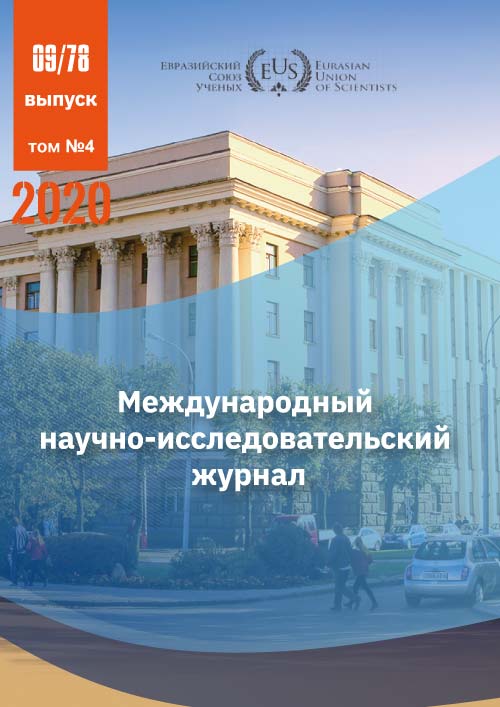CHALLENGES ARISING FROM STUDYING IN HIGHER EDUCATION IN REMOTE MODE
Abstract
Remote learning has evolved continuously since the end of the last century. One can venture to say that it developed almost as fast as new digital communication solutions until the Covid-19 pandemic emerged. The global epidemic significantly accelerated the massive adoption of remote learning as the main form of education during the quarantine period. The paper presents the evolution of remote education due to the epidemiological situation in the world and, above all, in Poland. The fundamental differences between the full-time and remote teaching modes were presented, as well as the challenges that the entire academic society had to face with such a large reorganization of the method of conducting classes. Finally, the authors post their recommendations for the further development of remote education.
References
[2] Regulation of the Minister of Health of 13 March 2020 on the announcement in the territory of the 20 Republic of Poland, the state of epidemic threat, (Journal of Laws 2020, item 433), 13/03/2020.
[3] Jakubczak B, Kształcenie zdalne przez Internet jako urzeczywistnienie idei edukacji bez granic, https://repozytorium.amu.edu.pl/bitstream/10593/1027 /1/BJakubczak2.pdf?fbclid=IwAR0HGbB2cS5aRSfSkkV_xBr8uslp4rbWfR_o2U5Xa_y6AkrmfqizG6-8E4 [access online: 31.08.2020]
[4] http://www.puw.pl/ [access online: 31.08.2020]
[5] Stanisławska A. K, Różnice i podobieństwa, zalety i słabości nauczania przez Internet versus nauczanie tradycyjne, [w] Konferencja szkoleniowa „E-learning w szkolnictwie wyższym”, Bydgoszcz 2003
[6] Czerniecka E, Różnice między doskonaleniem nauczycieli w formie tradycyjnej i zdalnej na przykładzie LSCDN, https://www.lscdn.pl/pl/publikacje/cww/edukacjazdalna/8422,Roznice-miedzy-doskonaleniemnauczycieli-w-formie-tradycyjnej-i-zdalnej-naprzyk.html [access online: 31.08.2020]
[7] Salmonowicz S, Prusy. Dzieje państwa i społeczeństwa, Warszawa 2004
[8] Bronk A, Maciołek R, Mischke J. M, Nowak A., Stanisławska A. K., Stencel P., Urbaniec J., Wodecki A., Zieliński W.: Jeśli blended-learning na uniwersytecie, to jaki? Dyskusje o... [w] http://www.e mentor.edu.pl/artykul_v2.php?numer=13&id=238 [access online: 31.08.2020]
[9] Rachwaniec-Szczecińska Ż, Cyberbullying – współczesne oblicze przemocy, https://www.swps.pl/strefa-psyche/blog/relacje/2180cyberbullying-wspolczesne-oblicze-przemocy, [access on-line: 31.08.2020]
[10] Doroszewski W, Słownik języka polskiego, Polska Akademia Nauk, 1969, Warszawa
[11] Aftański; Świadomość przeobrażeń pracy wśród nauczycieli teoretycznych przedmiotów zawodowych, „Edukacja. Studia. Badania. Innowacje” nr 1; 2006, Instytut Badań Edukacyjnych, Warszawa
[12] Wedeł-Domaradzka A; Jak skutecznie prowadzić zajęcia na platformie edukacyjnej? Poradnik; Krajowy Ośrodek Wpierania Edukacji Zawodowej i Ustawicznej; 2013; Warszawa.
[13] Ministry of Science and Higher Education; https://www.gov.pl/web/nauka/ksztalcenie-zdalne-na uczelniach [access online: 31.08.2020]
[14] Service of the Republic of Poland; https://www.gov.pl/web/zdalnelekcje/znajdzinformacje [acces online: 31.08.2020]
[15] Komputer Świat; https://www.komputerswiat.pl/artykuly/redakcyjne/ws zyscy-polscy-operatorzy-uruchomili-juz-siec-5gzobacz-mape-zasiegu/c83hlb6 [access online:
CC BY-ND
A work licensed in this way allows the following:
1. The freedom to use and perform the work: The licensee must be allowed to make any use, private or public, of the work.
2. The freedom to study the work and apply the information: The licensee must be allowed to examine the work and to use the knowledge gained from the work in any way. The license may not, for example, restrict "reverse engineering."
2. The freedom to redistribute copies: Copies may be sold, swapped or given away for free, in the same form as the original.







